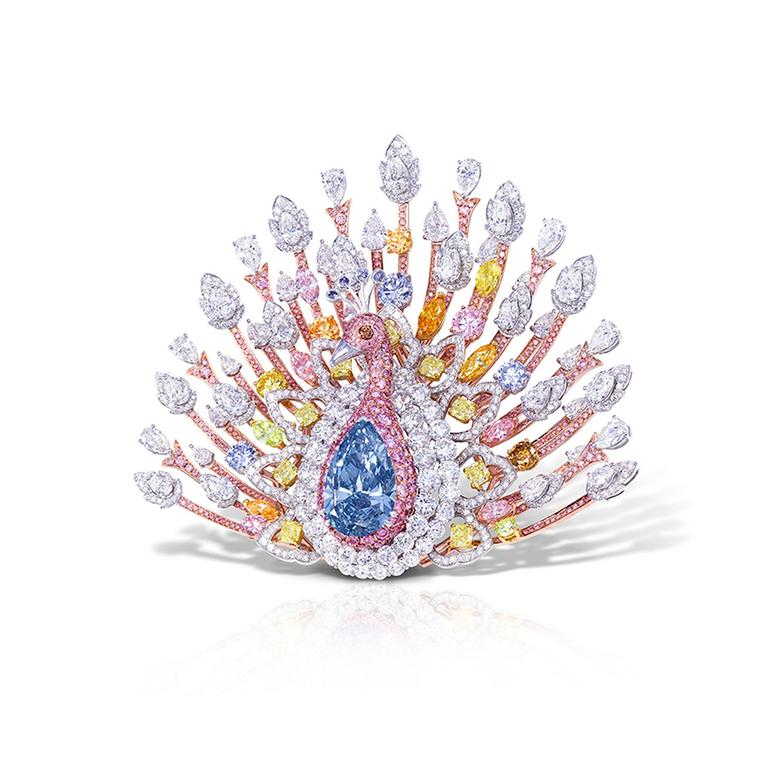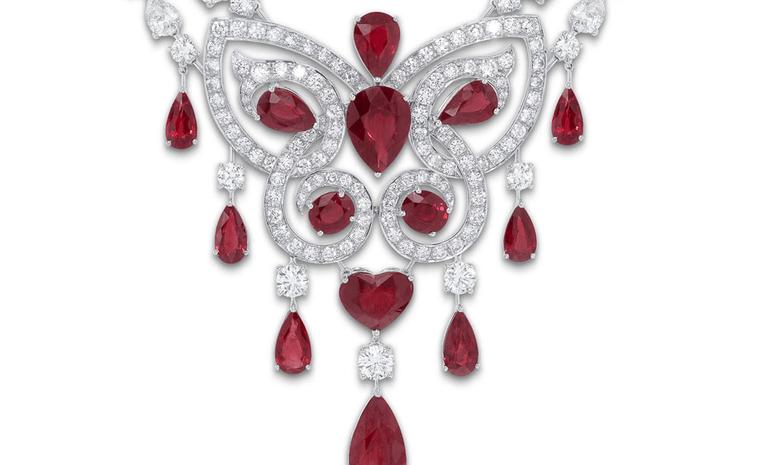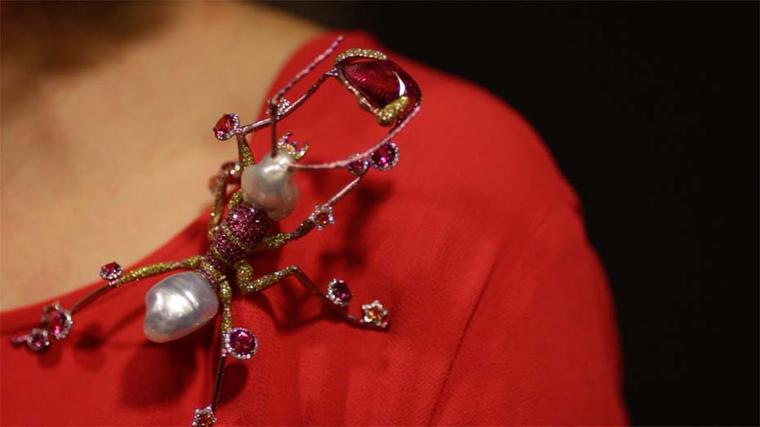
By Maria Doulton in London
With plenty of sparkling and valuable diamond rings to hand, I bring to life the famous four Cs - which are always referred to when understanding diamonds - in Graff's boutique. In five short videos I reveal the essentials of diamond buying so that you can master the basics and buy with confidence. Watch all five videos and you may even start to have your own ideas on which cut, carat, colour and clarity are right for you.
The first C that I explain is cut, an all-important factor that determines both the shape and brilliance of a diamond. Diamonds come in many shapes and I take you through the most popular cuts such as brilliant, emerald, pear and cushion, explaining the characteristics and advantages of each.
I also look at what diamond shapes best suit different hands. For example, a pear cut has the effect of elongating the fingers while the brilliant tends to suit all types of hands. I also talk about the importance of the quality of a cut, another feature that is graded in every diamond certificate, as a badly cut diamond won't sparkle to its full potential, however good its clarity, colour or size. And it would be shame to let the one man-made factor spoil the work of Mother Nature.
Once you have decided on the right cut, the next C is carat, which determines the size of a diamond. Diamonds are always measured by weight, with one carat the equivalent of 1/5th of a gram or 200 milligrams.
The word is derived from "carab" as before modern precise weighing methods came into use the naturally reliably regular weight of carab seeds were used as a measure. Did you know, for example, that some cuts look bigger than others, even if the diamond is of identical weight? A round brilliant-cut diamond will always look bigger than an emerald cut because most of the weight of the diamond is spread across its wide top plane. Ideally, if you can afford it, for a single stone, or solitaire, ring try and go for at least a 1.00 carat diamond.
Colour is another very important C that refers to the whiteness or lack of colour in a diamond. For the moment we are putting aside the highly valuable coloured diamonds, such as the pinks, yellows and blues, as they are graded and valued differently. The top grading for a white diamond is D going right down the scale to Z. Try and avoid any diamond below a G grading as beyond this point unattractive yellowish and brown hues start to be visible in the stone.
Clarity is the C that refers to how clean the diamond is, both on the inside and out. The top ranking for clarity is Flawless, which means that the diamond has no internal inclusions or external blemishes. All gradings that refer to clarity assume a magnification of 10 under a jeweller's loupe so minimal flaws are often invisible to the naked eye.
In the final and fifth chapter I explain why a quality diamond house like Graff is the best place to start your search for the perfect diamond. Graff knows its diamonds and has an unparalleled history of handling some of the largest and most valuable diamonds in the world. What's more, the London-based firm is involved in the entire process, from buying the rough to cutting and polishing and, of course, making the jewels. This gives Graff the ability to control the quality of the diamond from start to finish.
There are few houses in the world able to offer so many different size and cuts of diamonds at any one time, making Graff Diamonds the perfect place to start your diamond buying journey.














